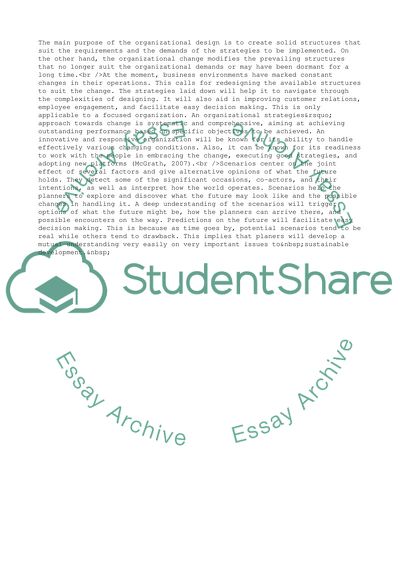Cite this document
(Organisational Facilities Essay Example | Topics and Well Written Essays - 2000 words, n.d.)
Organisational Facilities Essay Example | Topics and Well Written Essays - 2000 words. https://studentshare.org/management/1813346-manging-orgnisational-design-change
Organisational Facilities Essay Example | Topics and Well Written Essays - 2000 words. https://studentshare.org/management/1813346-manging-orgnisational-design-change
(Organisational Facilities Essay Example | Topics and Well Written Essays - 2000 Words)
Organisational Facilities Essay Example | Topics and Well Written Essays - 2000 Words. https://studentshare.org/management/1813346-manging-orgnisational-design-change.
Organisational Facilities Essay Example | Topics and Well Written Essays - 2000 Words. https://studentshare.org/management/1813346-manging-orgnisational-design-change.
“Organisational Facilities Essay Example | Topics and Well Written Essays - 2000 Words”. https://studentshare.org/management/1813346-manging-orgnisational-design-change.


